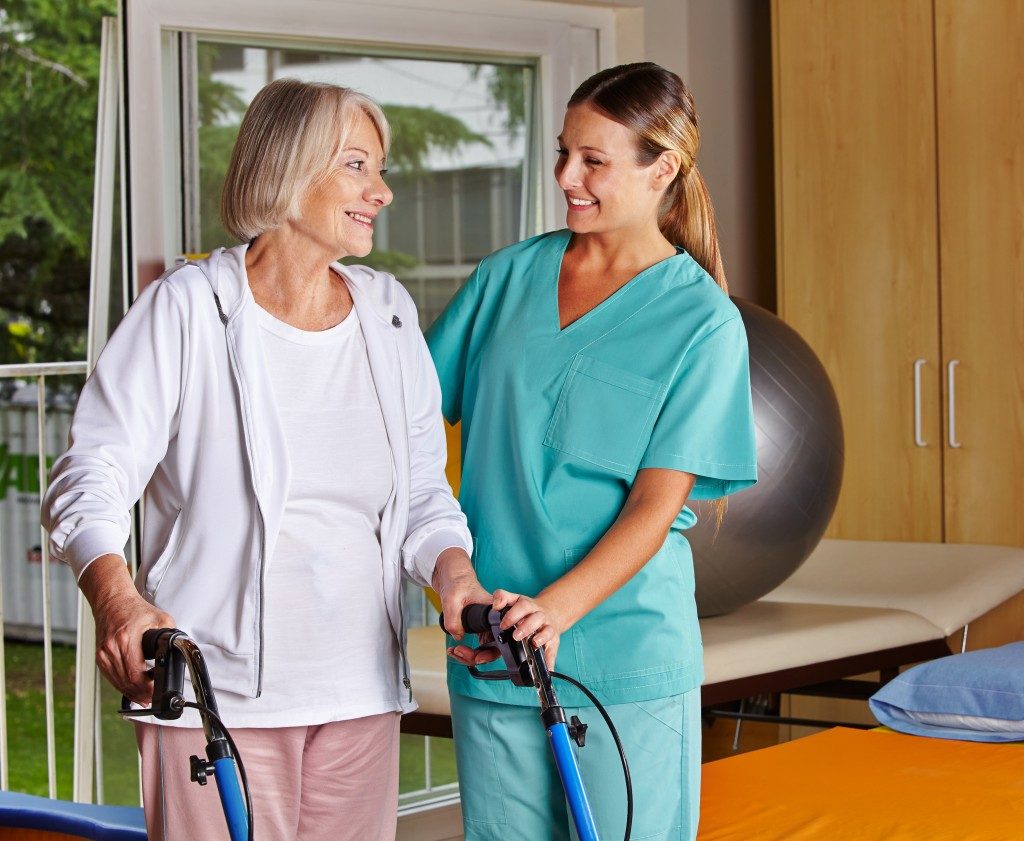Seniors have needs that change every now and then. Sometimes, their families may not be able to provide everything their parents need. Though admitting an older adult into assisted living facilities can be a very difficult decision, it’s the best choice for them to stay safe, taken care of, and assisted.
Older adults need assistance in everything they do – from dressing up, bathing, and eating to walking and moving around. For families working to make a living, there is sometimes no one left to tend to the seniors in the house. An assisted living community in Las Vegas can help the seniors and their families by providing support and care.
Assistance in Daily Tasks
As people grow older, they become physically weak to perform the tasks that were easy in the past. These daily tasks include washing the dishes, taking a bath, eating independently, and doing house chores. In some cases, older adults develop dementia, a disease that is characterized by memory loss.
When they are in assisted living communities, they are well taken care of. Someone is there to assist them with their daily needs. Housekeeping is also provided, ensuring that the seniors won’t need to do it by themselves.
Social Support
Older adults often experience isolation. When they live in a neighborhood, some of their friends may have moved away and others had already died. The senior may suddenly feel lonely and alone, which can lead to various emotional problems. In assisted living facilities, seniors have others to talk to, like healthcare professionals and other patients in the facility.
24/7 Medical Assistance
Seniors may suffer from various health conditions that may range from mild infections to serious diseases. In assisted living facilities, doctors and nurses are present to assist with the medical needs of the patients. Therefore, the family members are assured that their loved ones are monitored throughout the day.
Assisted living facilities act as the seniors’ home that will cater to all their needs. Whether for physical assistance or social support, these communities improve the patients’ quality of life.
